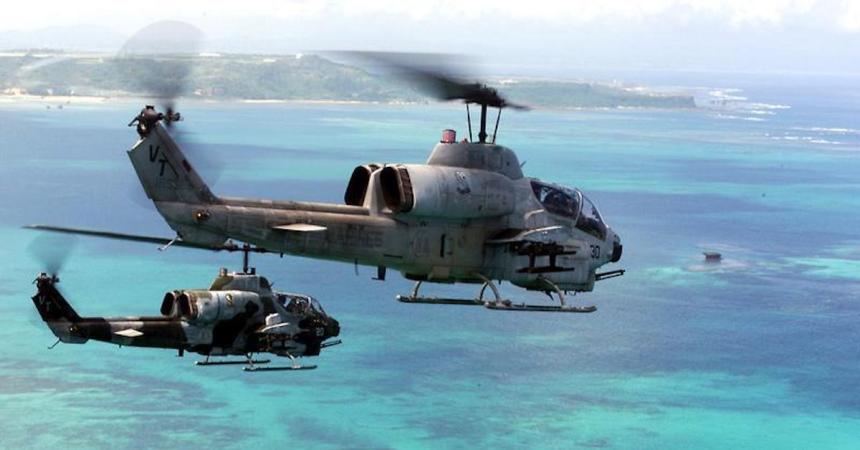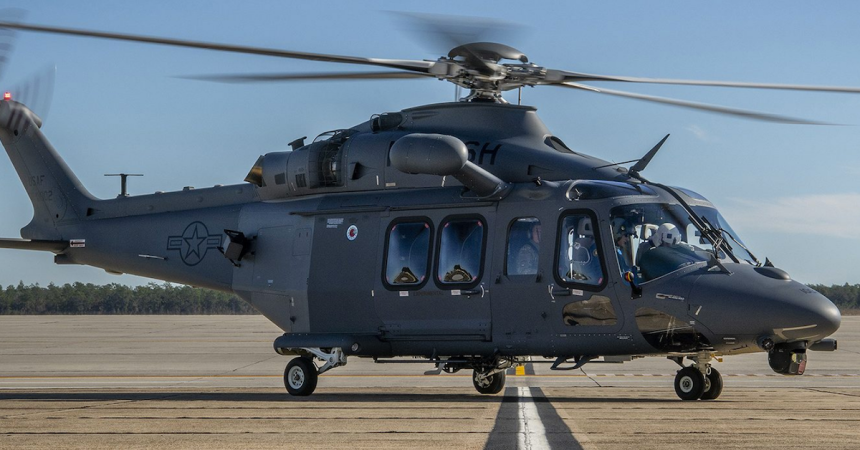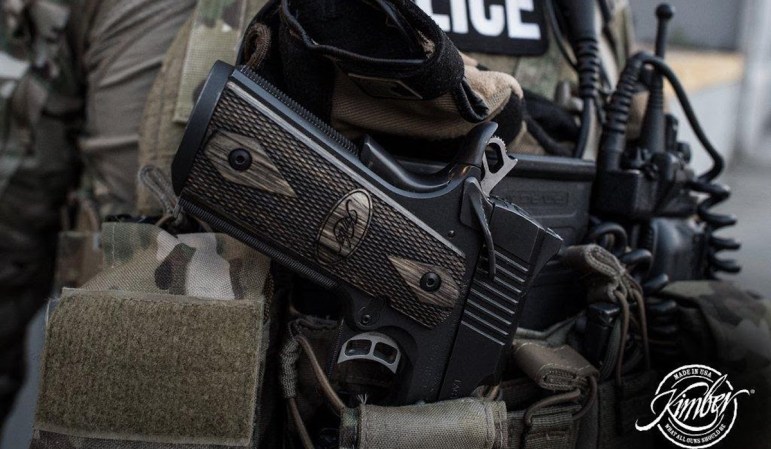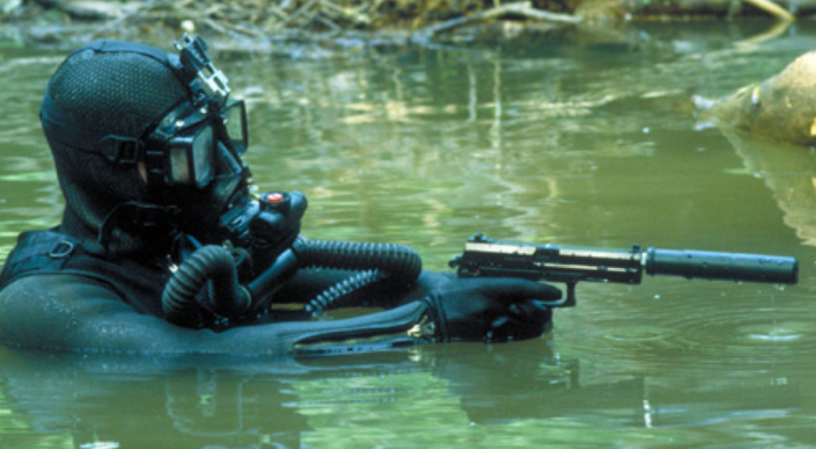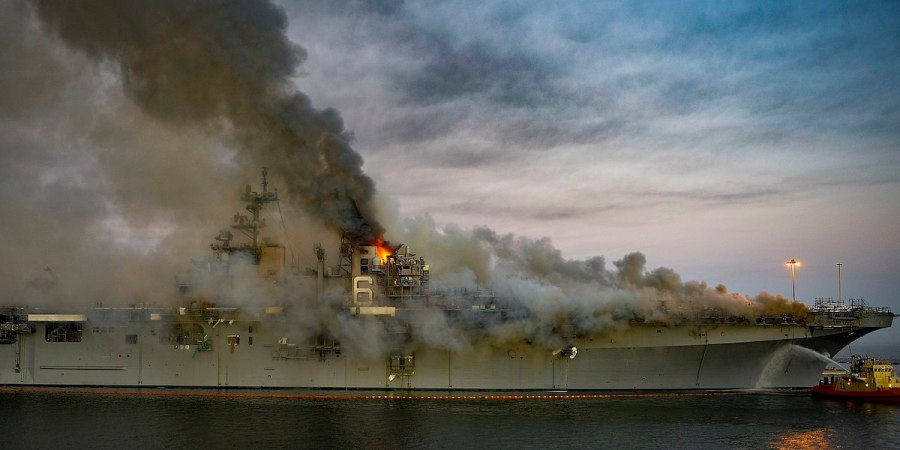A major defense corporation has announced that their RQ-4 Global Hawk drone has successfully flown test missions carrying the Optical Bar Camera broad-area synoptic sensor, an imaging device originally deployed on the U-2 Dragon Lady spy plane.

Northrup Grumman has been testing the RQ-4 with new sensors in an attempt increase the types of missions for which the aircraft can be deployed. The SYERS-2 intelligence gathering sensor, another item commonly deployed on U-2 missions. The SYERS-2 collects multiple sources of energy and can detect teams burying explosives or dismounts on the move, even from high altitude.
Adding U-2 equipment to the Global Hawk makes a lot of sense because the two aircraft are both focused on high-altitude, long-endurance surveillance. The drone can fly for 30 or more hours on a mission with ground-based pilots and sensor operators switching control in shifts.
With the new cameras, the RQ-4 could become an even more valuable eye in the sky for the Air Force. And it might allow the Global Hawk to take over some of the U-2’s missions at a fraction of the cost.

“The successful flight of the Optical Bar Camera is another significant step in the evolution of Global Hawk,” said Global Hawk’s Northrup Grumman Program Manager, Mick Jaggers. “It’s the result of our focus on increasing capability, reducing sustainment costs and fielding the open mission systems architecture that enables faster integration of cutting edge sensors at lower costs.”
Northrup Grumman is also looking at testing the MS-177 multi-spectral sensor on the RQ-4. The MS-177 has similar imaging capabilities to the SYERS-2B and is often deployed on the E-8C Joint Surveillance Target Attack Radar System, the JSTARS.
The MS-177 does provide a significant advantage over the SYERS-2B. While the SYERS is a “wet-film” camera that requires film processing before the image can be analyzed, the MS-177 uses an electro-optical sensor, which allows digital files to be sent to the ground station while the drone is still in flight.




